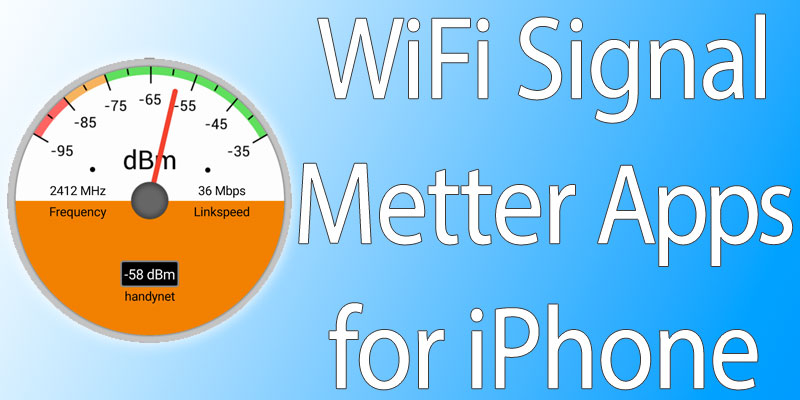

Having lots of connected devices can negatively impact your wireless network-when you scan for devices using a Wi-Fi Analyzer or scanner, you can see how many devices are on your network and what those devices are. One example of this is troubleshooting a slow wireless network. Wi-Fi scanners and analyzers are built to display wireless network activity through topology maps, performance metrics, data correlation, and more Wi-Fi analysis capabilities.īy locating all devices in your network and gathering their information, a Wi-Fi scanning tool can help you detect problematic devices along with other wireless network issues.

By gathering data like signal strength, coverage area, bandwidth trends, and more, a wireless network scanner can enable you to monitor and understand the activity happening across your Wi-Fi networks.


Scanning for wireless network devices enables you to view critical insights into your wireless network and devices, so you can troubleshoot and optimize your overall Wi-Fi performance. What Does Scanning for Wireless Network Devices Do? You can also use Wi-Fi scanning software to discover areas in your facility with a weak Wi-Fi signal. Using a Wi-Fi network analyzer for consistent Wi-Fi scanning helps you collect data and identify problems and indicate potential solutions, such as switching to another channel to reduce congestion. Wi-Fi signals are constantly changing, and small changes in the network can have massive effects on the overall connection uptime. A wireless network analyzer can help you maintain connection quality, which can be vital for numerous business needs and performance metrics. In simple terms, a Wi-Fi analyzer or scanner gathers information about access points and channels on your network and displays it in an easy-to-understand, visually accessible way. The Wi-Fi analyzer then examines the spectrum to view networks, their channels, and signal strength. Most Wi-Fi network analyzers work in a similar way, in which you can choose a wireless spectrum to examine, such as 2.4GHz or 5GHz.


 0 kommentar(er)
0 kommentar(er)
